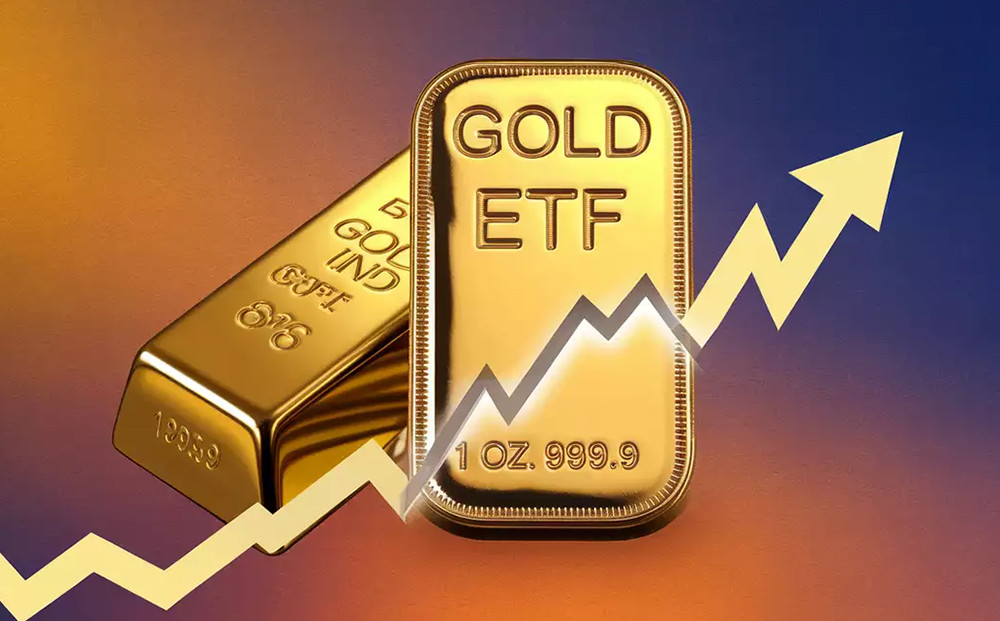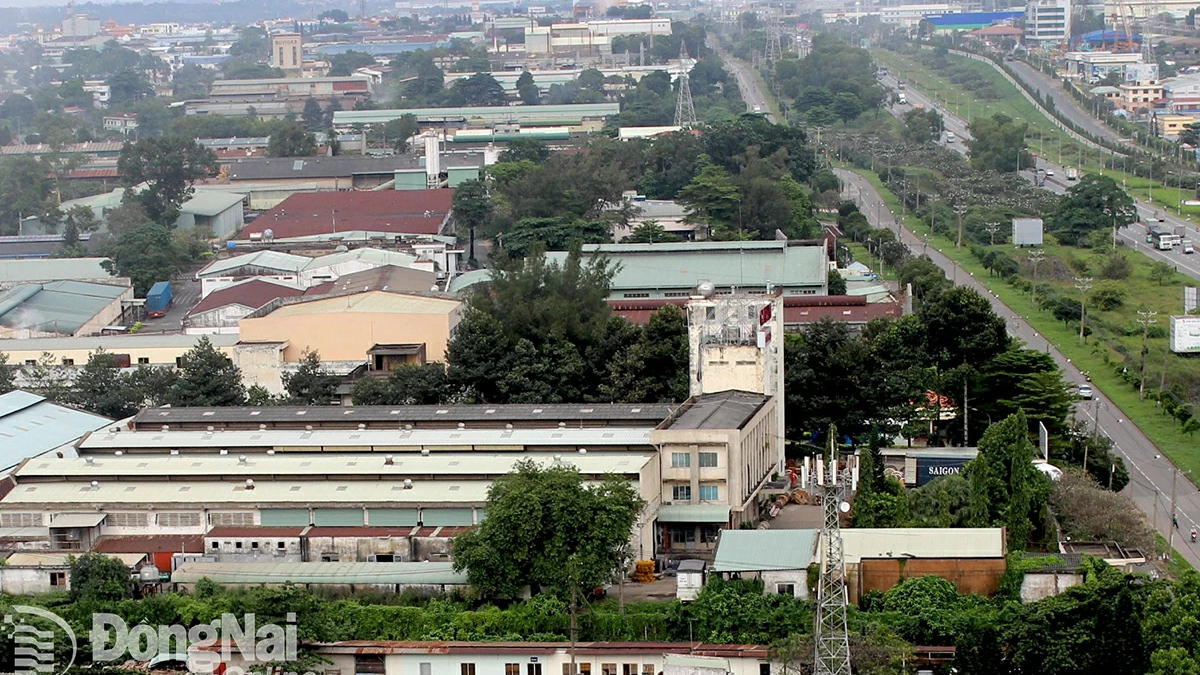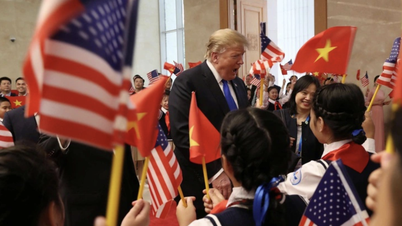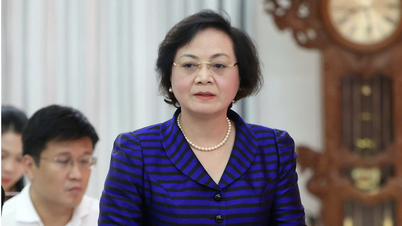World gold prices continuously set new records, exchange-traded funds (ETFs) - "sharks" in the gold market take advantage to take profits.
According to Kitco, after Donald Trump's victory in the US presidential election and his "America First" policy supporting the US economy , the USD strengthened, prompting global gold investors to sell.
According to the latest report from the World Gold Council (WGC), exchange-traded funds (ETFs) sold 28.6 tons of gold, worth $2.1 billion, in November. Funds in North America continued to buy 0.8 tons, worth $79 million.
European funds suffered as gold prices rose. The euro and sterling weakened on poor economic data and the dollar strengthened. Persistent inflation left the European Central Bank uncertain about its monetary policy and easing cycle. Investors sold gold as a hedge.

In North America, although gold prices are under pressure after the US election, demand for gold from ETFs has increased, mainly from the Canadian market.
According to the WGC, Asian-listed funds recorded sales of 2.2 tonnes, worth $145 million, ending 20 consecutive months of inflows into the precious metal.
China has been selling mainly as domestic gold prices have fallen sharply, reducing investor interest. Stock markets have been volatile, and investors in the country have shifted away from gold.
Indian funds were buying on growing optimism among domestic consumers, the WGC said.
Despite the volatility in the gold market in recent weeks, WGC analysts are optimistic. Gold prices maintain important support around $2,600/ounce.
The WGC representative commented that gold prices benefited from lower yields, continued geopolitical risks and uncertainty surrounding future policy implementation and global impact under the Trump administration.
On December 6, the world spot gold price was at 2,636 USD/ounce, up 0.12% compared to the beginning of the session. The price of gold futures for February 2025 on the Comex New York floor was at 2,658 USD/ounce.
Source: https://vietnamnet.vn/gia-vang-tang-ca-map-dua-nhau-chot-loi-2349501.html




































































































Comment (0)